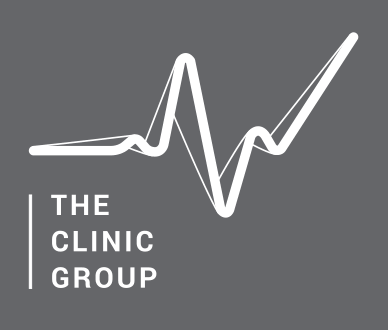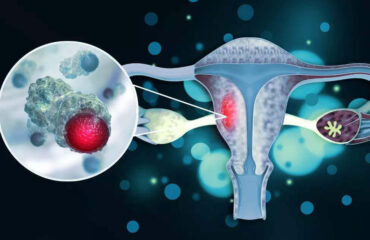Understanding the risk of Hepatitis A and B
Hepatitis A and B are viral infections that primarily affect the liver, leading to inflammation and potential long-term health complications. Understanding the key facts about these diseases is essential for effective prevention and improved overall well-being. This blog post aims to provide concise information on Hepatitis A and Hepatitis B, their transmission routes, and available vaccines.
Hepatitis A:
Hepatitis A is highly contagious and predominantly spreads through the ingestion of contaminated food or water. Symptoms usually appear within two to six weeks after exposure and may include fatigue, fever, loss of appetite, nausea, and jaundice. While most individuals recover within a few months, severe cases can lead to prolonged liver inflammation. Hepatitis A vaccines are available and are especially recommended for high-risk individuals, including travelers to areas with poor sanitation or outbreaks.
Hepatitis B:
Hepatitis B is primarily transmitted through exposure to infected blood, sexual contact, or from an infected mother to her newborn during childbirth. Many people infected with Hepatitis B may not exhibit symptoms initially, but the virus can cause chronic liver disease, leading to liver cancer or cirrhosis. Hepatitis B vaccines are highly effective and recommended for all infants shortly after birth, as well as for adults at risk.
Hepatitis A and B are serious viral infections that can have long-term health consequences if left untreated. However, by understanding the modes of transmission and implementing preventive measures like vaccination, proper hygiene, safe sexual practices, and needle safety, one can significantly reduce the risk of contracting these diseases. Raising awareness and prioritizing prevention efforts can help mitigate the impact of hepatitis A and B, leading to healthier communities worldwide.




